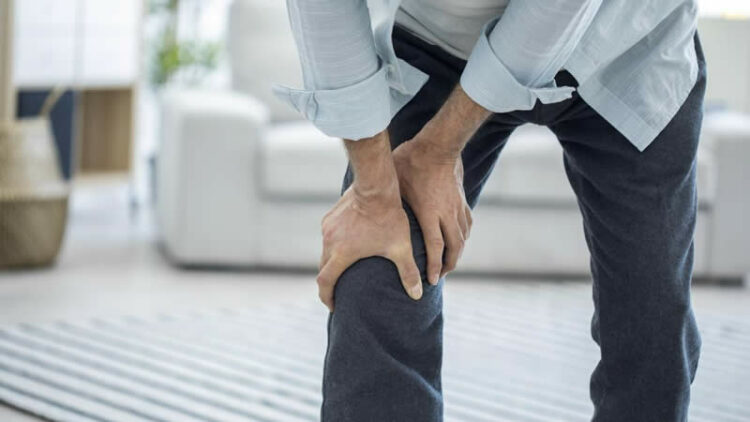Having joint pain is an unbearable condition because of the many joints in our body. Unfortunately, many people annually have this disease for many reasons. Joints are those points at which two bones are connected. They let the skeleton be more flexible; mobility would be impossible to do without them. Our bodies may move in various ways, thanks to our joints. Joints are the structures that join bones together.
They offer assistance and support when you move. Any damage to the joints caused by disease or accident can make it difficult to move and cause a great deal of discomfort. In today’s discussion, we will put light on the causes and effects of joint pain. But it would help if you kept it in mind, no matter what is the stage of the joint pain.
Different factors affect the health of joints, and everyone must know about them to have a healthy lifestyle. Some of these are given below:
Age Factor
Bones do not come into close contact with one another in a joint. Lubricating fluid is contained within your joints, and cartilage that lines your joints (articular cartilage), as well as synovial membranes that surround the joint, provide cushioning (synovial fluid). As you become older, joint movement becomes stiffer and less flexible as the quantity of lubricating fluid in your joints reduces, and the cartilage becomes thinner.
This is because the lubricating fluid in your joints decreases, and the cartilage becomes more delicate. Ligaments also tend to shorten in size and lose some flexibility with time, causing joints to feel tight and painful.
Many of these age-related alterations to joints result from a lack of physical activity. Movement of the joint and the resulting “stress” of exercise aids in the direction of the fluid. As a result of inactivity, cartilage shrinks and stiffens, resulting in decreased joint mobility.
Ankylosing Spondylitis
Ankylosing spondylitis is a type of arthritis. It is an inflammatory illness that, if left untreated, can cause parts of the bones of the spine (vertebrae) to fuse, resulting in paralysis. Because of this fusion, the spine becomes less flexible, resulting in a hunched posture. The ability to breathe deeply becomes difficult if the ribs are impacted.
A fractured bone
It is referred to as a bone fracture by healthcare professionals when you break a bone. The form of the bone is altered as a result of this break. These fractures can occur in a single line across a bone or its entire length. A fracture can cause a bone to be split in half or broken into many fragments. Even if the bone is fully recovered, this method can alleviate the pain associated with the joints. There are several different types of fractures:
- Fractures that are closed or open
- Fractures that are complete
- Fractures that have been displaced
- Fractures that are only partially healed
- Stress fractures occur when there is a lot of stress on the body.
Bursitis
When the bursae — the tiny, fluid-filled sacs that cushion bones, tendons, and muscles around joints — become inflamed with bursitis, it can be pretty painful. Inflamed bursae cause bursitis.
Bursitis is most frequent in the shoulder, elbow, and hip. In addition, bursitis can also be found in the base of your big toe, knee, and heel. Bursitis is commonly found in joints subjected to a lot of repeated movement.
Conclusion
Joint pains are severe conditions, and everyone must take care of joint health. Over time, if you feel any pain, you should talk to the best orthopedic surgeons in Islamabad. Fortunately, Marham.pk has the team of best surgeons working best in their fields, so you should have the live meeting, call, or video call and ask about your queries.
Frequently Asked Questions (FAQs)
1- Is there a time when I should be concerned about joint pain?
The following signs may indicate that you should see a doctor about your joint pain. Redness. The damaged joint is tender and heated to the touch.
2- How can you know if you have joint pain?
Joint pain can come from damage to any surrounding ligaments, bursae, or tendons.
These indications and symptoms can be seen in the joints: swollen or red joints; sore joints; warm or red joints; and painful joints.
3- Do symptoms of Covid include achy joints?
Nearly 15% of COVID-19 patients report experiencing joint pain, according to a study published in The Lancet in October 2020. According to the study authors, acute arthralgia [joint pain] and arthritis have been linked to viral infections.
Having joint pain is an unbearable condition because of the many joints in our body. Unfortunately, many people annually have this disease for many reasons.



